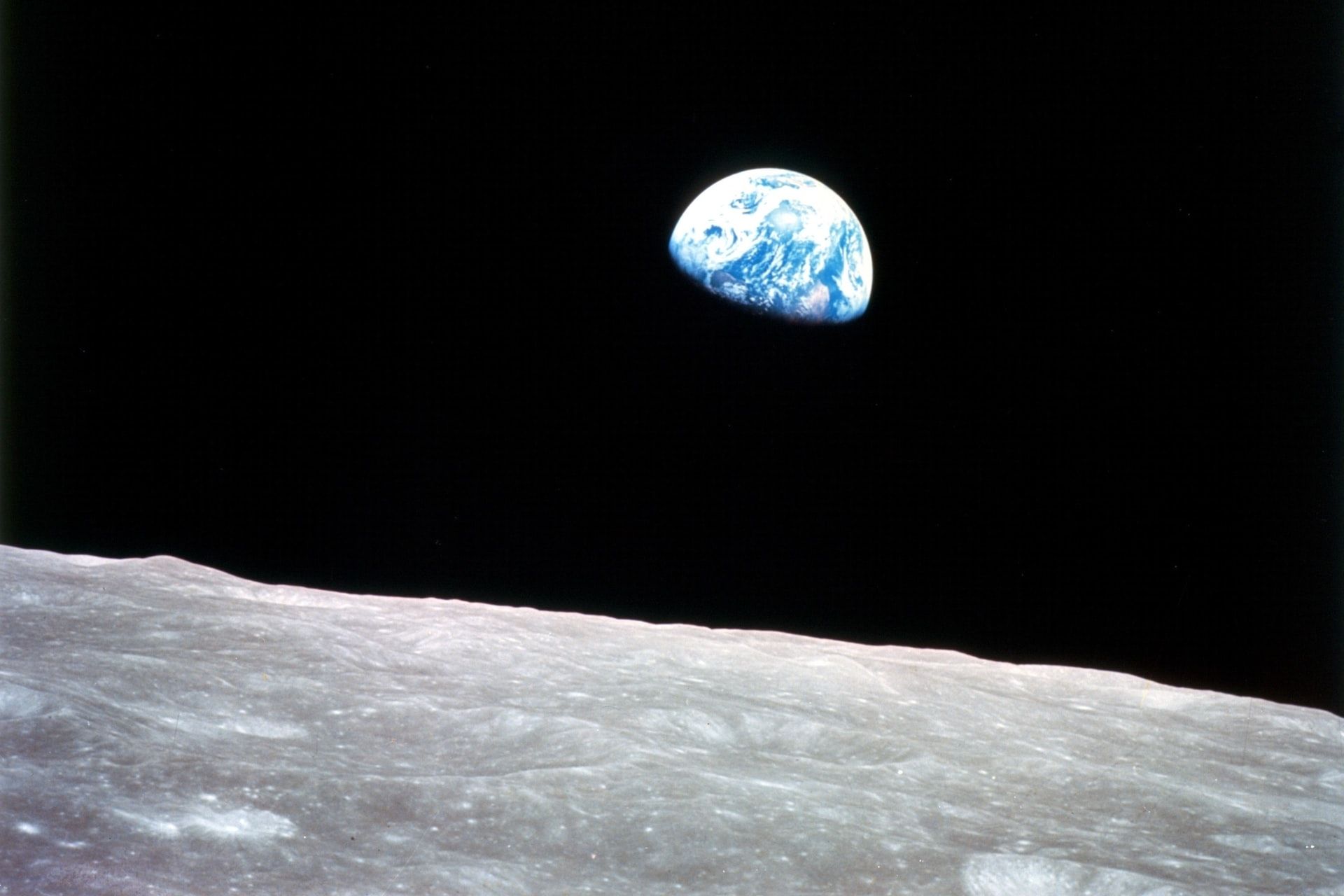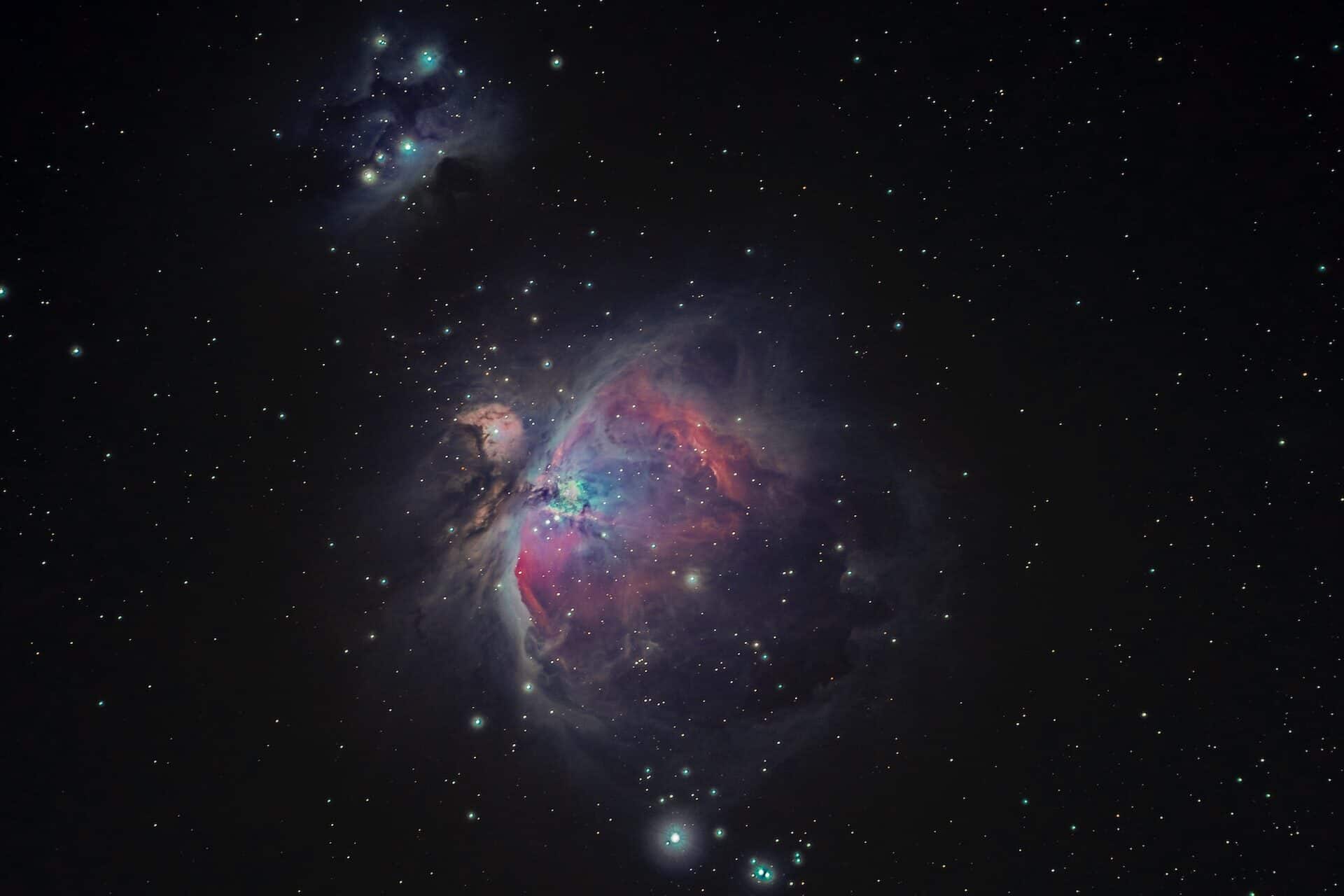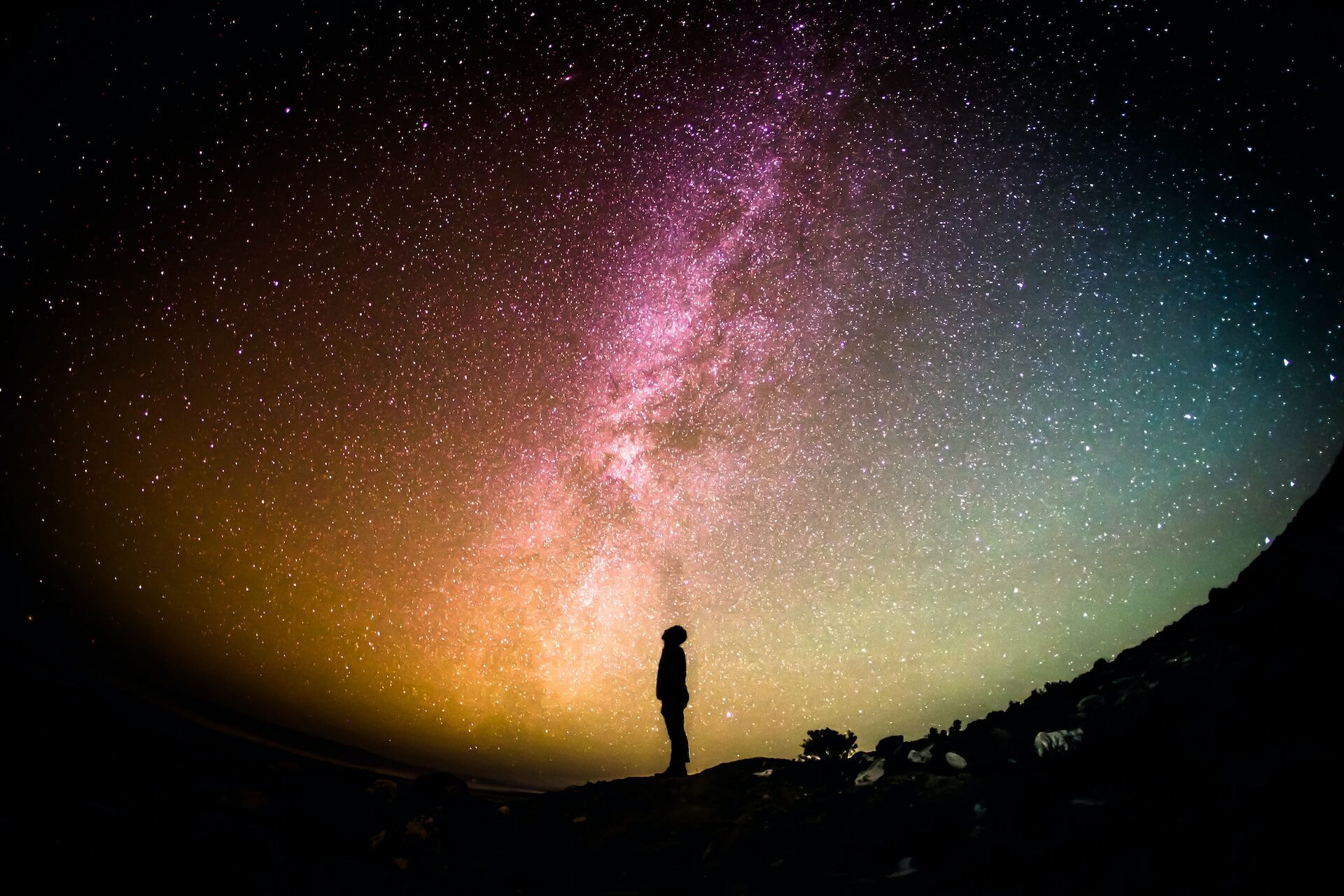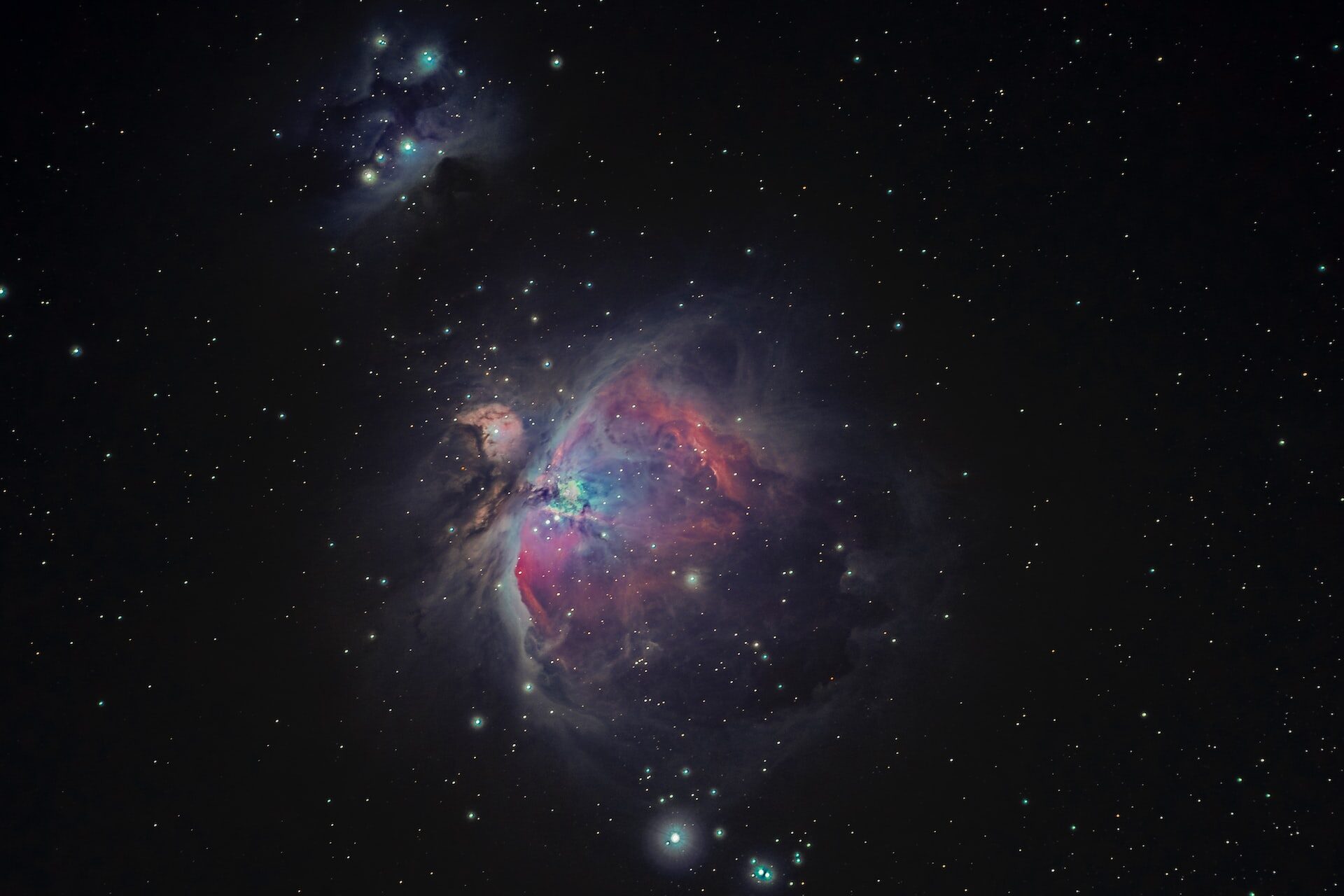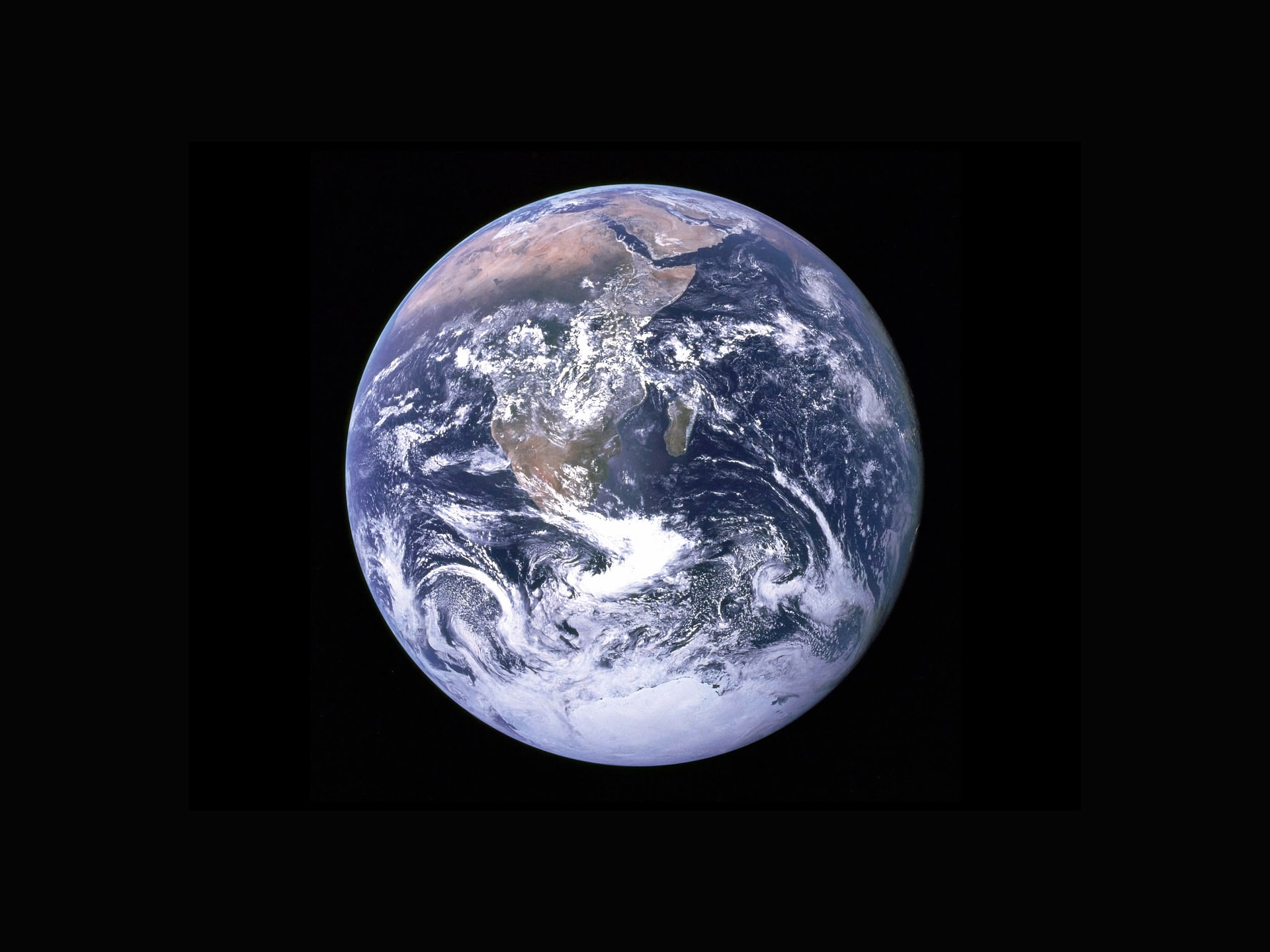
More Than Stars in the Sky: Exploring Types of Planets
June 22, 2022 - Emily Newton
Revolutionized is reader-supported. When you buy through links on our site, we may earn an affiliate commision. Learn more here.
Everything in the night sky twinkles like a star to the unaided eye, but not everything up there burns like one. Our solar system alone is home to eight planets of differing sizes, densities and types. That last variable is what we’ll discuss today. Let’s explore the different types of planets that we might find out in the cosmos as we start venturing out of our solar system.
Define Planet
First, what is a planet?
The International Astronomical Union (IAU) redefined what it takes to be classified as a planet. A celestial body must meet three criteria to be a planet:
1. It has to orbit a star.
2. It needs enough mass and gravity to spin it into a spherical shape.
3 It has to be big enough to clear any other planetary bodies from its orbit.
Under this definition, Pluto lost its planetary status in 2006 because it doesn’t fit all three criteria. Unlike the rest of the planets, its orbit is still filled with rocks and asteroids that it hasn’t absorbed.
We’ve studied the eight planets and multiple dwarf planets in our home system. There is so much more out in the cosmos that we haven’t even begun to scratch the surface.
Planet vs. Exoplanet
The eight planets in our home system aren’t the only ones in the universe. We need a different name for planets that orbit stars outside our solar system to keep things from getting confused. Any planets — regardless of type — that exist outside the solar system are known as exoplanets.
To date, astronomers have discovered more than 4.000 exoplanets. Thousands of candidate planets have yet to be confirmed as exoplanets.
Types of Planets: Mass
The first way astronomers categorize planets is by their mass. Much of our understanding of the universe is based on comparisons to the planets in our solar system, so you’ll see a lot of names and descriptions that utilize those same names.
Giant Planet
Giant planets are some of the largest planetary bodies in the universe. They can be gas giants, like Jupiter and Saturn. There are also examples where giant planets can be made of ice or even rock. These planets are usually defined by their thick hydrogen/helium atmospheres.
Ice Giant
These are ice giants most often compared to Uranus or Neptune. They are usually smaller than traditional gas giants but are still significantly larger than Earth or the other inner planets.
Mini-Neptune
Also called transitional planets or gas dwarfs, these planets are about 10x larger than Earth and almost always have hydrogen/helium atmospheres. They may also feature layers of ice, liquid water or rock.
Super-Earth
A rocky planet larger than Earth but smaller than gas giants like Uranus and Neptune. There are no super-earth planets in our solar system.
Super-Jupiter
Jupiter is the largest planet in our solar system — and there are gas giants out there bigger than it. The Super-Jupiter classification includes any gas giants larger than Jupiter.
Sub-Earth
Not all of these planets are big. Sub-Earth size planets are smaller than Earth and Venus,
Mesoplanet
While the phrase isn’t often used, Issac Asimov coined the term for a planet smaller than Mercury but larger than the dwarf planet Ceres in the asteroid belt.
Planetar
Planetars might not even be planets at all. They’re theorized to be objects that are larger than planets but smaller than stars, but they could also be brown dwarf stars.
Types of Planets: Orbit
Next, we can classify planets by their orbit around their central star.
Circumbinary Planet
A binary star system has two stars instead of one at its core. An exoplanet that orbits a binary star system is a circumbinary planet.
Double Planet
Unlike the previous planet, double planets or binary planets orbit each other while orbiting their home star. Teegarden’s Star B and C are a pair of binary planets that orbit one another while they orbit a red dwarf known as Teegarden’s Star.
Eccentric Jupiter
Sometimes these exoplanets get a little eccentric. In this case, an eccentric Jupiter planetary type describes a gas giant that has an eccentric orbit around its star.
Hot Jupiter & Hot Neptune
Gas giants in our solar system orbit beyond the asteroid belt, but that isn’t always the case. Hot Jupiter and Hot Neptune class planets orbit less than one AU from their home star.
Inner Planets and Inferior Planets
The inner planets are the four planets closest to the sun — Mercury, Venus, Earth and Mars. Venus and Mercury would be considered inferior planets, planets whose orbits are closer to the sun than Earth.
Goldilocks Planet
Not too hot, not too cold, but just right. That’s what Goldilocks was looking for in the Three Bears’ house and that’s what is necessary for a planet to have the potential to develop life. Planets in the Goldilocks Zone are the perfect distance from their home star. Earth is in the sun’s Goldilocks zone.
Outer Planets or Superior Planets
Outer planets orbit beyond the asteroid belt in our solar system. They include Jupiter, Saturn, Uranus and Neptune, and dwarf planets like Pluto. Mars is an inner planet, but it is also considered a superior planet because it is beyond Earth’s orbit.
Pulsar Planets
As their name suggests, pulsar planets orbit a pulsar. Pulsars are magnetized neutron stars that emit bursts of electromagnetic radiation from their poles. When observed from Earth, they appear to blink or pulse, where they get their name.
Rogue Planets
A planet doesn’t always have a star to orbit. Rogue planets drift through the cosmos. Stars may capture them if they get too close, but they float through interstellar space in most cases.
Trojan Planets
Planets usually don’t share their orbit with other planets, but there are some, known as Trojan planets, that co-orbit.
Types of Planets: Composition
Finally, astronomers can classify planets by their composition or the elements they’re made up of. It’s important to note that many of these planets are theoretical. There may be more than a few references to Star Wars as examples of these theoretical planets.
Protoplanet
Welcome to the beginning. Protoplanets are the beginning of a planet’s life cycle and occur when a protoplanetary disc experiences differentiation. During this stage, the separate layers of the planet — core, mantle and crust begin to form. The surface of the planet may still be molten. When the Earth was in its protoplanet stage, it was struck by another planetary body the size of Mars. The result of that collision was the Moon.
Chthonian Planets
How close can you get to a system’s parent star before things start to burn? Chthonian planets, named for the greek Chthonic gods or gods of the underworld, are gas giants that orbit so close to their parent star that their atmospheres are stripped away. All that’s left is the planet’s molten core.
Carbon Planets
If the protoplanetary disc contains a lot of carbon and little oxygen, in theory, it could form a carbon planet.
Coreless Planets
It’s important to note that coreless planets have nothing to do with the Hollow Earth theory. Instead, these are theoretical planets that could form without a metallic core.
Iron Planet
Opposite the coreless planet, we have iron planets. These theoretical planets are likely very cold. They’ve got an iron core but no molten mantle or crust.
Desert Planet
Welcome to Tattooine. Desert planets are another theoretical type of planet that contains very little water.
Helium Planet
Helium planets are another theoretical planet. Gas giants are most often made up of hydrogen, but these gas giants have a higher helium concentration.
Hycean Planet
Hycean planets are the holy grail of habitability. These hypothetical planets are warm and covered with water. They have a thick hydrogen-rich atmosphere that could be ripe for human colonization.
Ice Giant and Ice Planets
Welcome to Hoth. Ice planets are still theoretical, but there may be planets that exist outside of a star’s goldilocks zone that once had water but then froze over. Ice giants are usually composed of frozen volatile materials like hydrogen, helium and methane.
Lava Planet
And now, for the Star Wars fans, we’re visiting Mustafar. Lava planets are theorized to be rocky planets covered almost entirely by lava or other molten materials. They would be too hot to be habitable.
Ocean Planet
Welcome to Kamino, Mon Cal, or a hundred other ocean planets described in the Star Wars universe. Ocean planets are primarily covered by water. They may or may not be habitable.
Silicate and Terrestrial Planets
Finally, let’s bring things a bit closer to home. Silicate or terrestrial planets are formed of silicate rocks. They’re also known as rocky planets. All of the inner planets in our solar system are silicate planets.
Still Asking Questions
While this might be a substantial list of types of planets, it is a fraction of what might exist out there in the void. We’re still asking questions about the known universe and still trying to figure out what questions we don’t even know to ask. We don’t understand everything about the universe we call home, and we may never find all the answers. That shouldn’t stop us from asking.
Revolutionized is reader-supported. When you buy through links on our site, we may earn an affiliate commision. Learn more here.
Author
Emily Newton
Emily Newton is a technology and industrial journalist and the Editor in Chief of Revolutionized. She manages the sites publishing schedule, SEO optimization and content strategy. Emily enjoys writing and researching articles about how technology is changing every industry. When she isn't working, Emily enjoys playing video games or curling up with a good book.
